
MEXICO COULD BE CONSIDERED ONE OF THE WORLDS RESERVOIRS OF HIGH QUALITY COFFEE
Photography: Carlos Avendaño, Finca Caffé Pecora 19º09, Veracruz
Mexico is the most northerly coffee producing country of the American continent. The crops are found between 20 and 16 degrees in latitude, which produces a mean annual temperature of 20 degrees Celsius in some territories, at an elevation of just 513 meters above sea level.
![]()
This makes it possible for Mexico to be considered as one of the world´s reservoirs of high quality coffee in the face of the threats posed by climate change.
Our coffee producing territory can be divided into two large slopes: that of the Gulf of Mexico and that of the Pacific Ocean. Each of these two large oceans confers characteristic traits on our coffee.
The slope of the Gulf of Mexico has a warm to semiwarm humid climate, with a mean annual temperature of 21 degrees Celsius, with extremes of 14 and 27 degrees, and an annual precipitation of 2,141 mm, with extremes of 819 and 4,176 mm.
The coffee producing zone of the Pacific slope presents temperate to warm subhu-mid climates, with a mean annual temperature of 22 degrees Celsius, with extremes of 15 and 26 degrees, and an annual precipitation of 2,084 mm, with extremes of 941 and 3,729 mm.
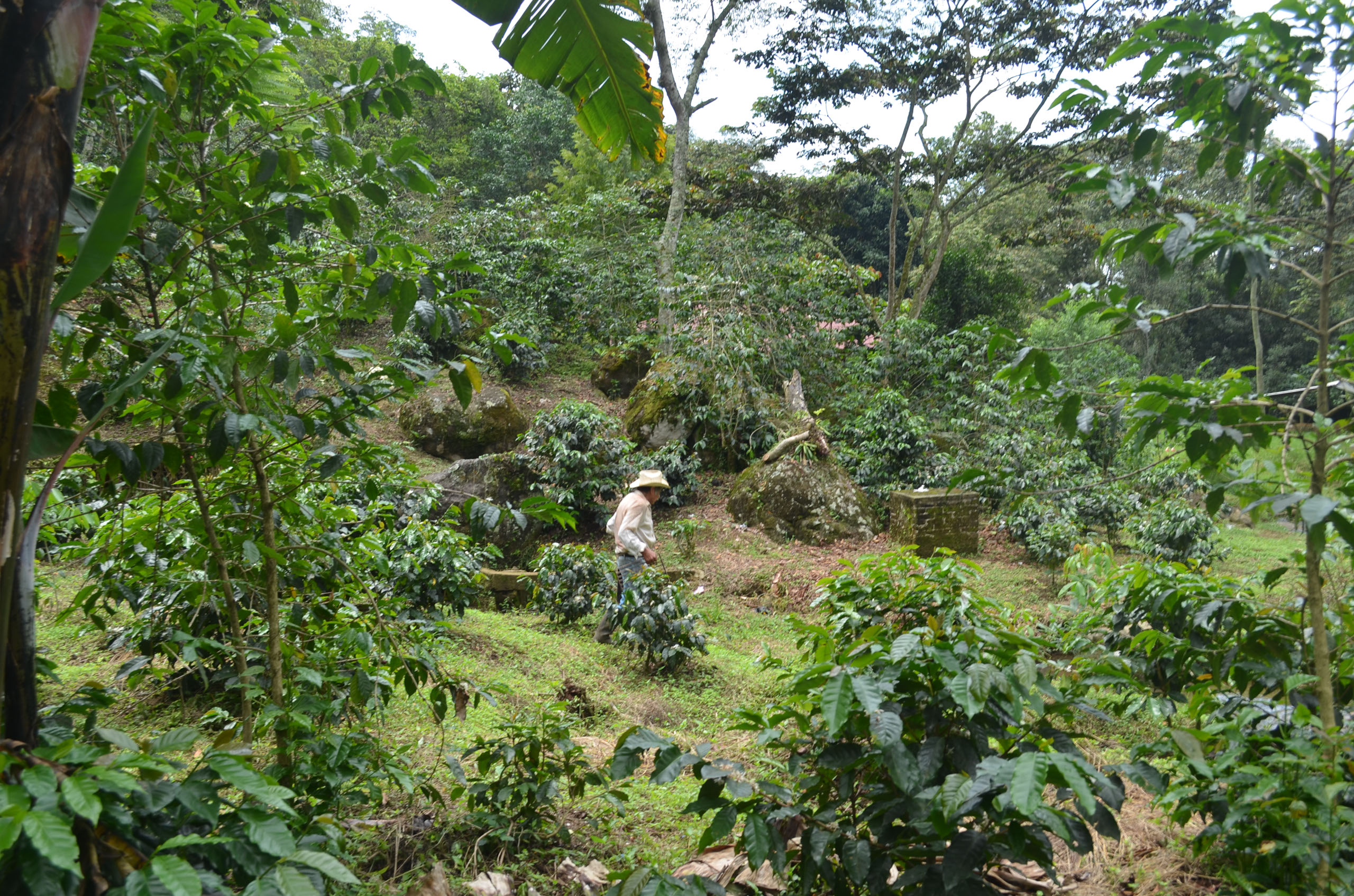
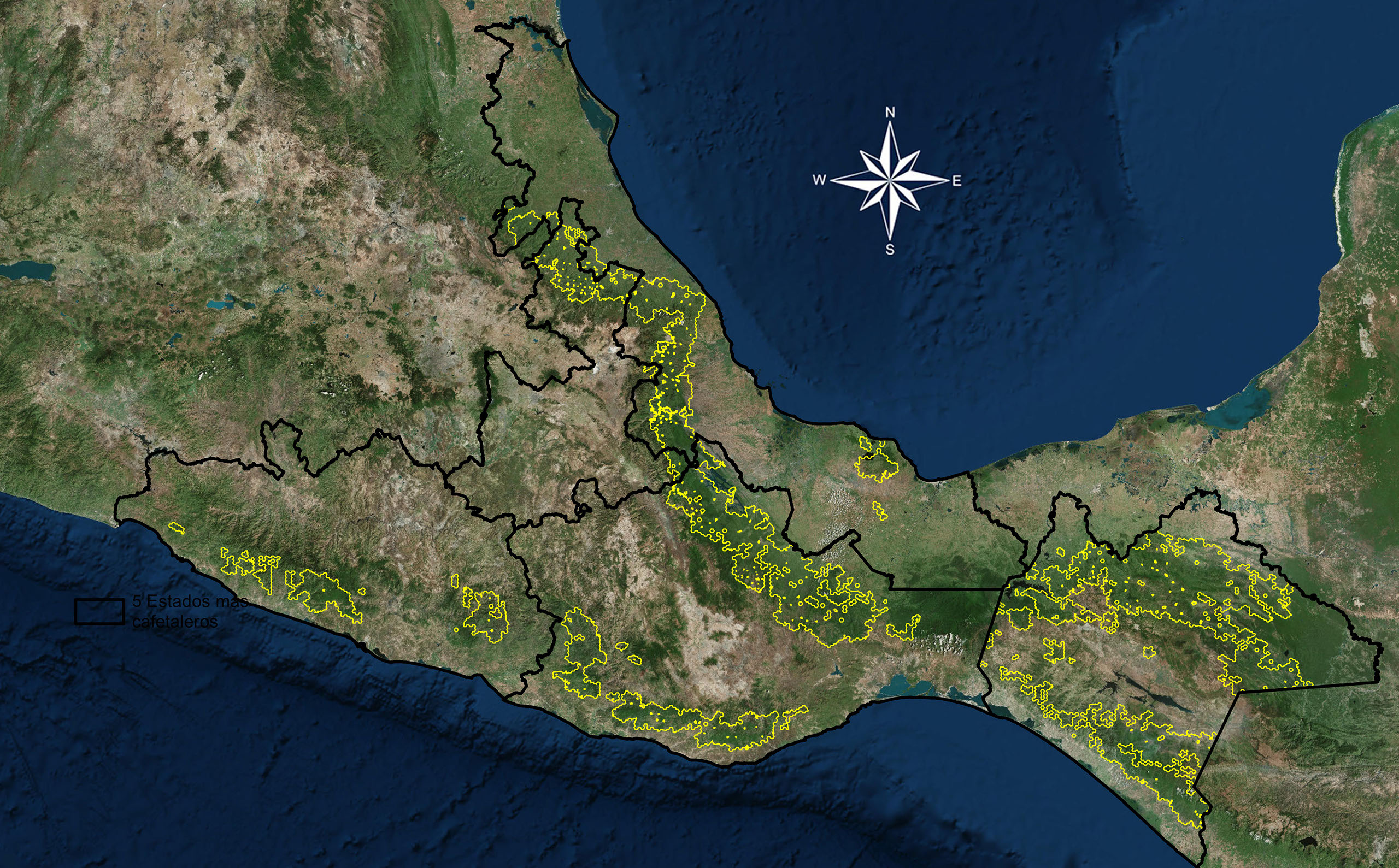
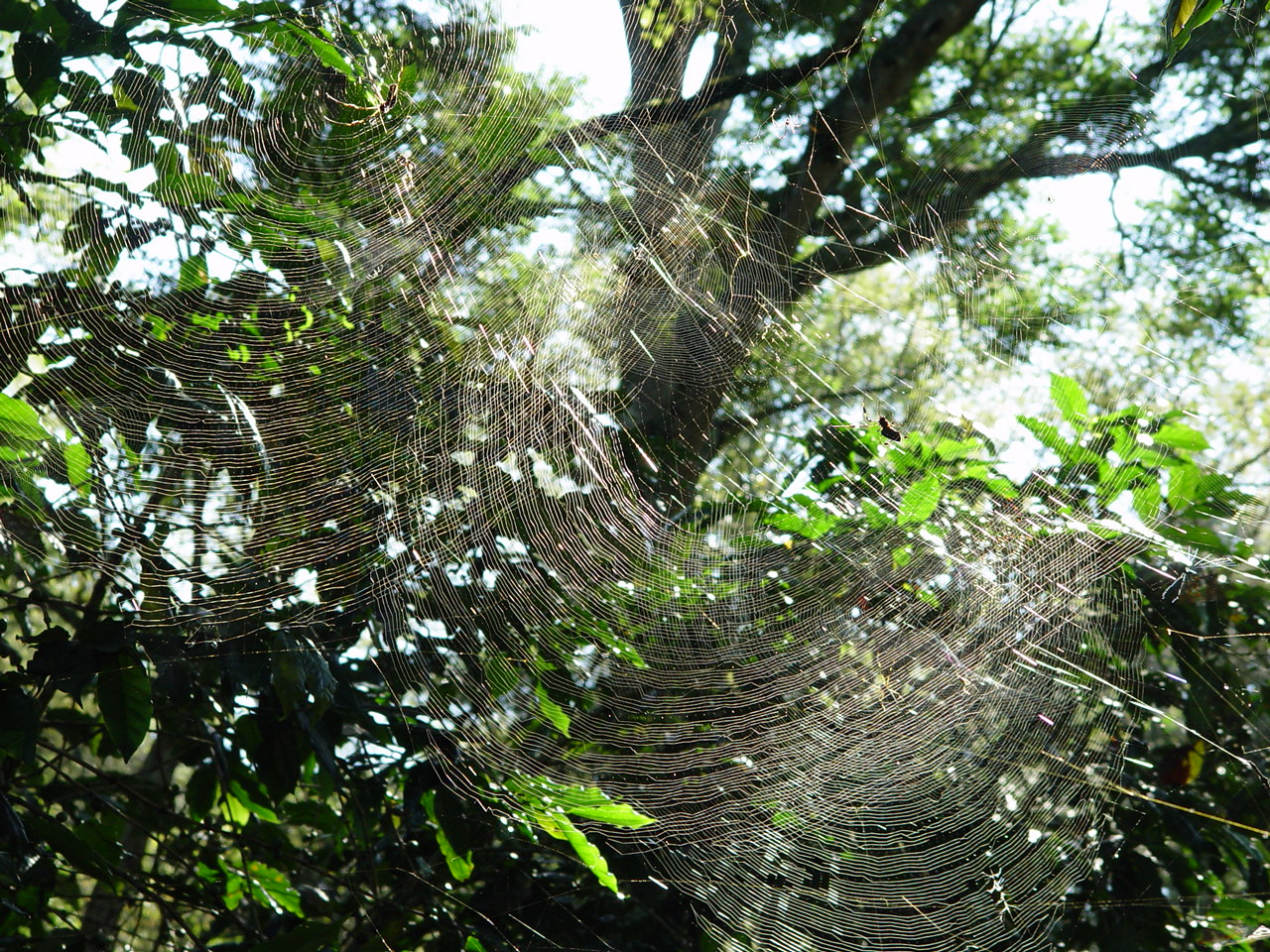

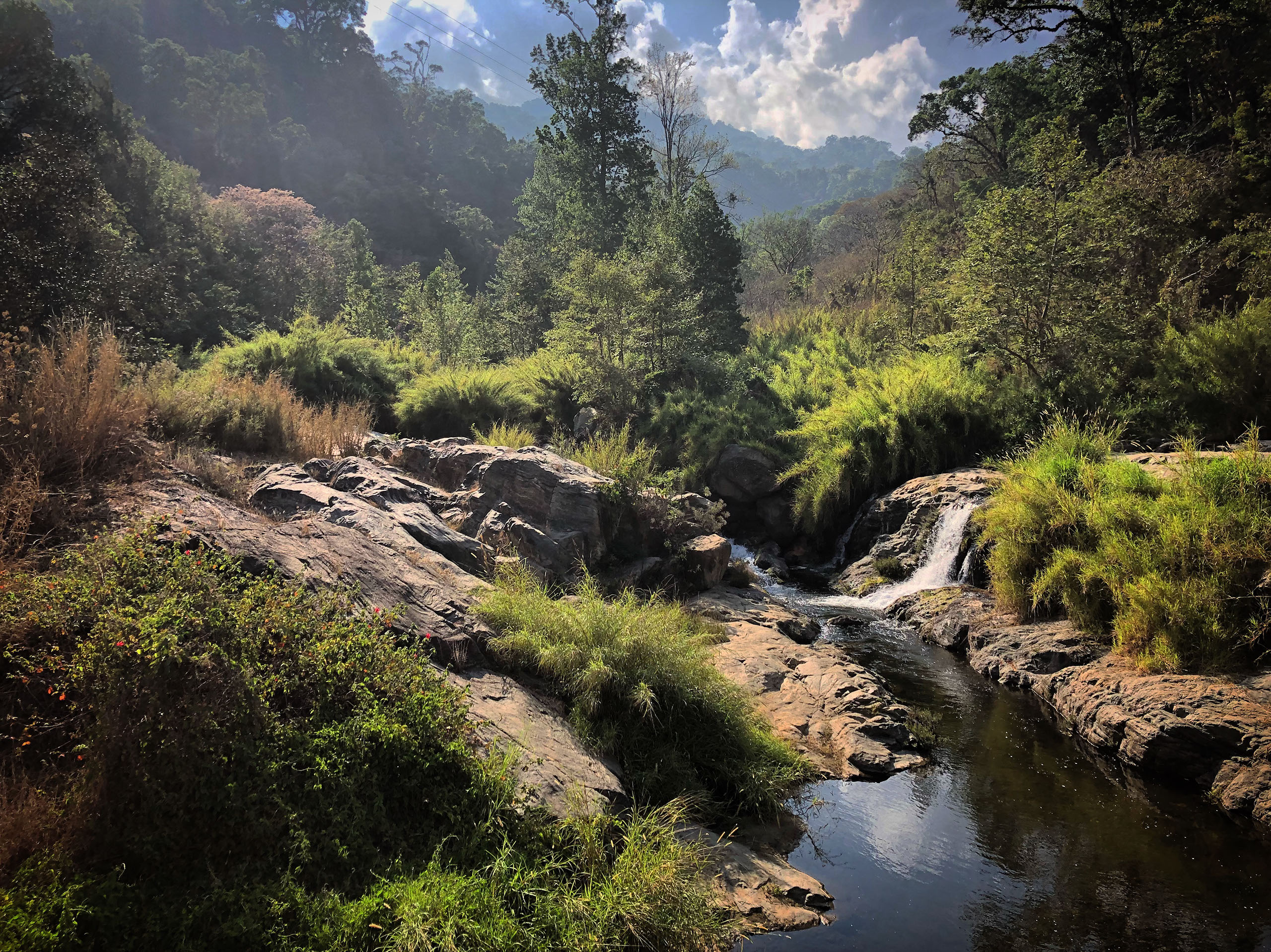
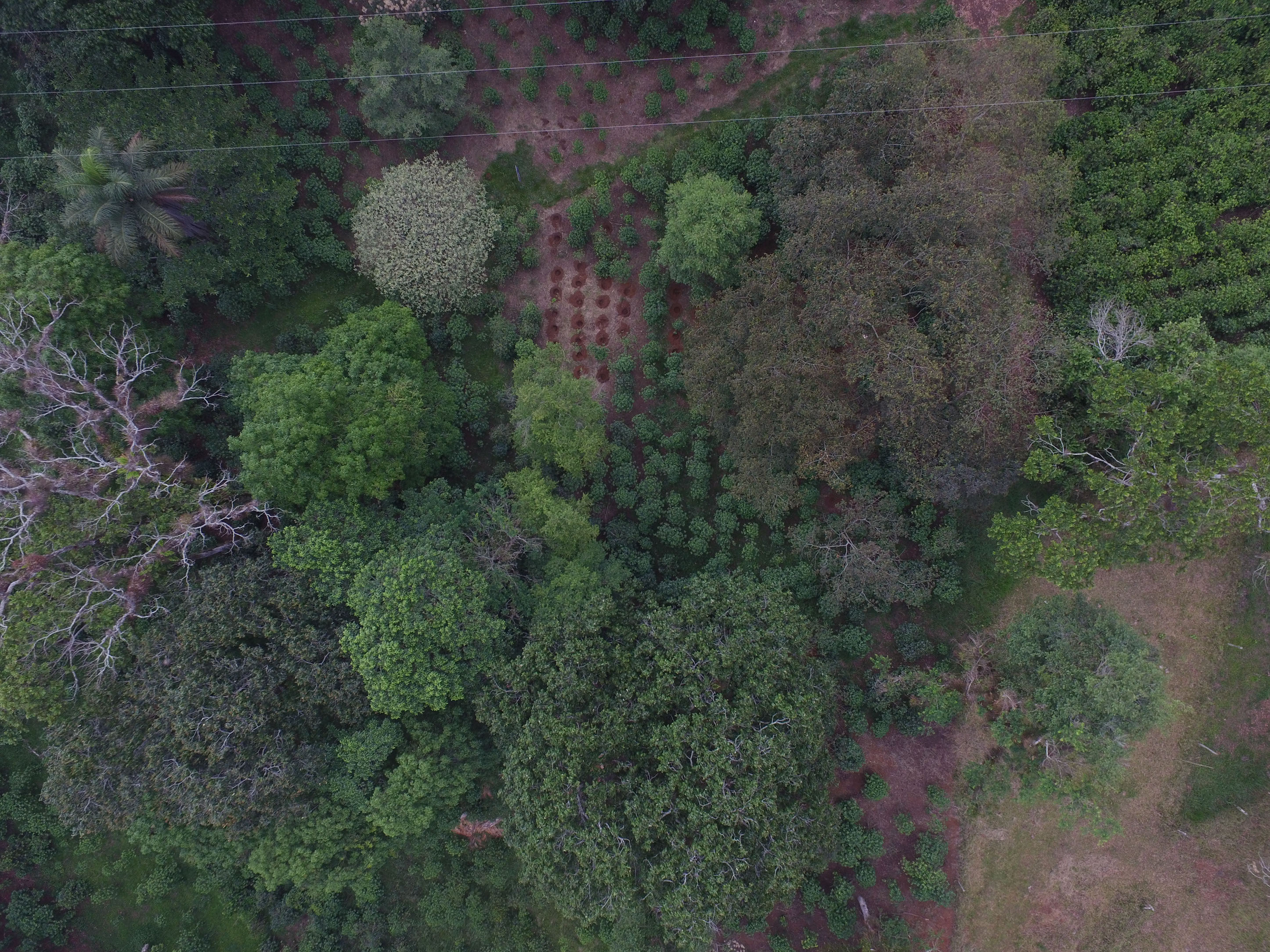
The cultivation systems that predominate in Mexican caficulture are the diverse polycultures under shade trees.
These systems are highly resilient, both to adverse ecological events and to strong fluctuations in the market price of the coffee grain. This is due to the fact that the microclimatic and ecological conditions generated under different trees act to sustain the crop with a low requirement for external inputs, as well as providing protection from climatic extremes such as drought, frost and tropical storms.
![]()
These systems also reflect the appropriation of the cultivation of coffee by multiple production systems of tropical character and those employed by the original peoples of these regions.
The Mexican cultivation system produces coffee production zones in thick forested strips that, together with diverse fragments of tropical montane forests, constitute an important bastion for the conservation of environmental services and global biodiversity.
Mexico is the fourth of the countries known worldwide as megadiverse, a set of nations in which the land and waters host more than 70% of the biodiversity of the planet.
From satellite images, it is possible to visualize the contribution to forest conservation made by the coffee production zones of Mexico. In a global study conducted by NASA and the University of Maryland, in which the percentage of forest cover was determined worldwide, the coffee production zones of Mexico presented an average forest cover of 50%.
SUN COFFEE PLANTATIONS
Sun coffee plantations have no trees and present a greater density of coffee plants. These plantations function through stressing the coffee with exposure to the sun, putting the plant under pressure to produce more fruit. Large quantities of fertilizers, herbicides and/or pesticides are used in order that these plants under stress and high production do not become diseased, succumb to pests or die.

MONOCULTURES
POLYCULTURES


In this type of coffee plantation structure, it is common to plant trees of only one species to provide shade to the coffee plants, although one or more individuals of different species can be found. A high density of coffee plants can be found in this cultivation type.
These plantations have a vegetation structure comprising trees that are not very tall, with a large quantity of young fruit, timber and introduced shade trees. This produces rich forests with a great variety of trees, including introduced species that are not from the region.
Simple polycultures are very similar to diverse polycultures but are simpler in terms of their diverse of tree species.
Diverse polycultures with many tree species.
RUSTICS

These are shade coffee plantations in which little work has been done or where the agricultural practices have had little ecological impact. In this plantation type, the intention of the producer is to provide shade for the coffee plants without obtaining any other type of use from the trees. These rustic structures can appear like a “mature” forest, i.e., with tall trees carrying many epiphytes on the trunks, substantial shading and up to four levels of height observed in the tree crowns.
While production standards do not recommend coverage greater than 50%, with a hybrid scheme of conservation and multiple production, new production models supported by suitable technology permit the paradigms of production to be reconsidered, with a move towards truly sustainable models.
![]()
Why are coffee plantations under shade trees important?
They are important for the conservation of microclimatic conditions and for the development of high quality coffee.
They generate a diversified production of consumables such as fuel wood, timber, different fruits, insects, edible herbaceous plants and fungi, honey, small mammals for meat, ornamental foliage and flowers, spices, soil for nurseries, medicinal plants and nuts. These alternative products to the coffee form a part of the local and regional economic systems and can be found in markets and local stalls.
They are optimal for the conservation of biodiversity and preservation of environmental services such as water, soil, cleansing of the air and regulation of temperature. They mainly utilize Arabica varieties, with wet processing, which produces high quality coffee.
They can produce a quantity of coffee that is suitable for enterprise profitability, if the coffee plants are kept young through renovation and appropriate soil management.

Shade coffee plantations, in addition to providing a wide variety of products for the sustenance of the producers, constitute a very important crop for biodiversity conservation.
In a study called Biocafé, conducted in central Veracruz by Inecol in 2005, it was found that some had the capacity to conserve up to 84% of the biodiversity of the forest!
Moreover, the biodiversity found differed considerably among the plantations, i.e., each was relatively unique.
If we lose the coffee cultivation, we also lose that biodiversity!
Pronatura Veracruz has certified more than 6 thousand hectares of coffee plantations as Private Conservation Areas thanks to the more than 400 landowners interested in conserving the biodiversity of the plantations.
They are ecologically balanced systems, since the wooded plantations depend less on fertilizers and agrochemicals.
They provide marvelous mountain coffee plantation landscapes that we can enjoy on our trips to work or for pleasure.
Water is another fundamental element related to coffee production in Mexico. In a study of hydrological balance conducted in Veracruz, it was found that the zones of greatest hydrological recharge are found in the coffee production zones.
The coffee plantations are without doubt the guardians of the main hydrological regions in Mexico: the combined total length of the perennial and intermittent rivers that pass through the production zones is 23,129 km, equivalent to two times the diameter of the Earth.
Primer Concurso Nacional de Fotografía Cafetalera HUGO HERNANDEZ